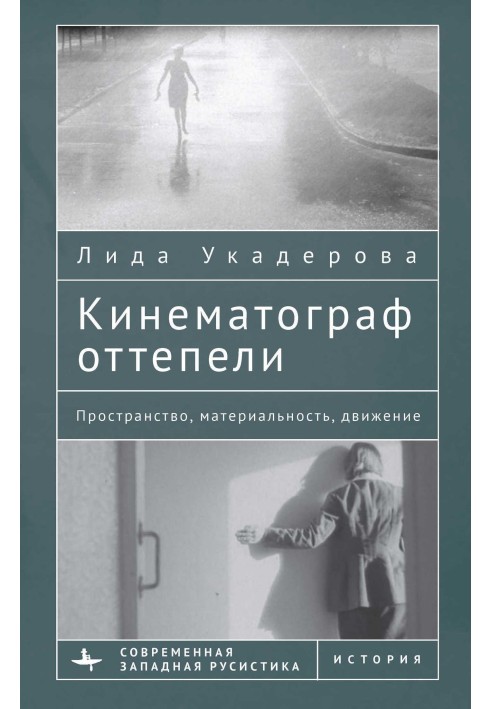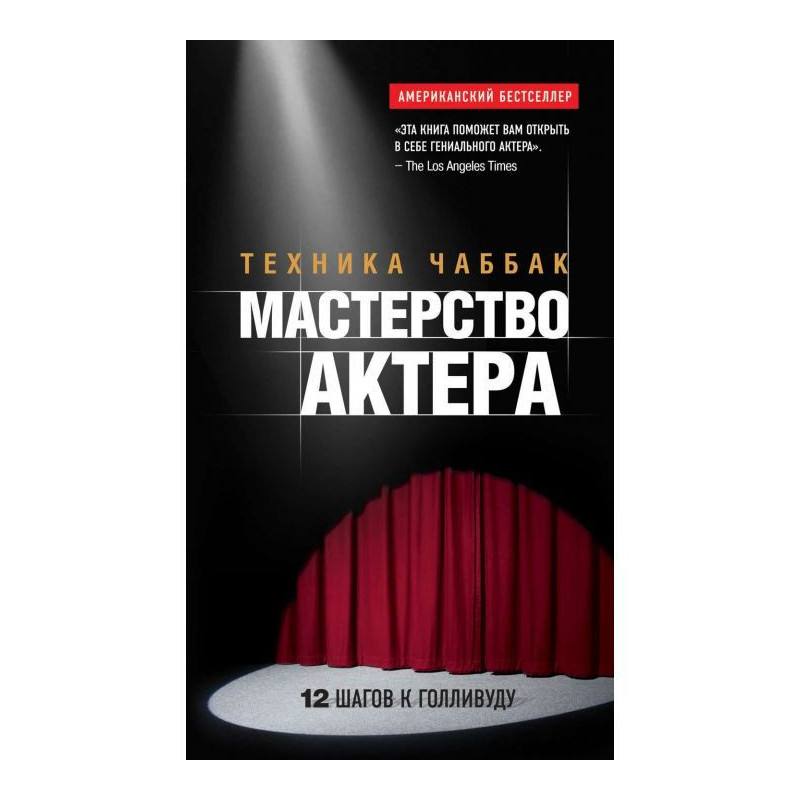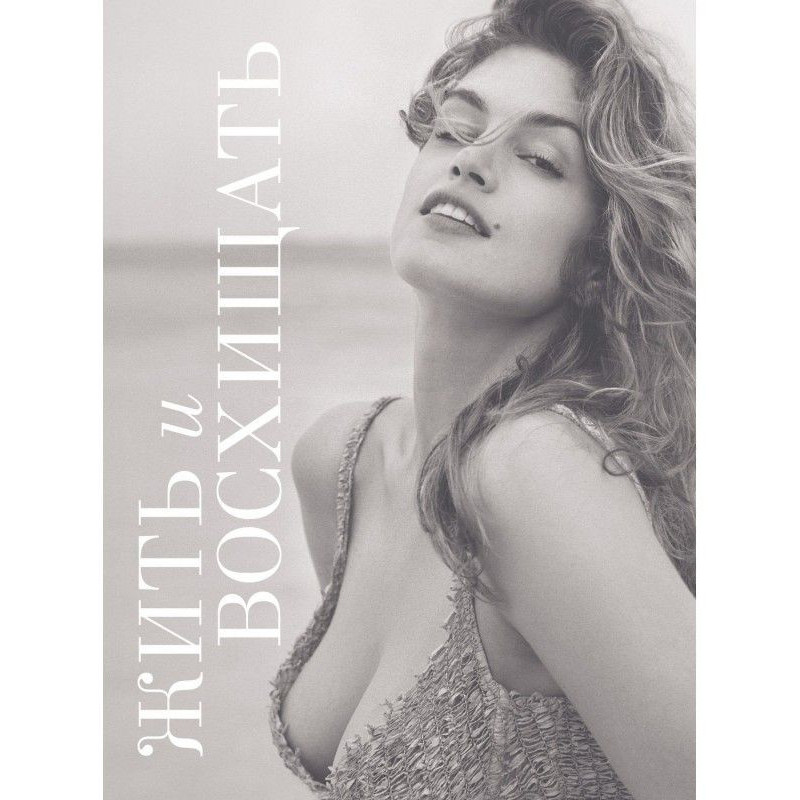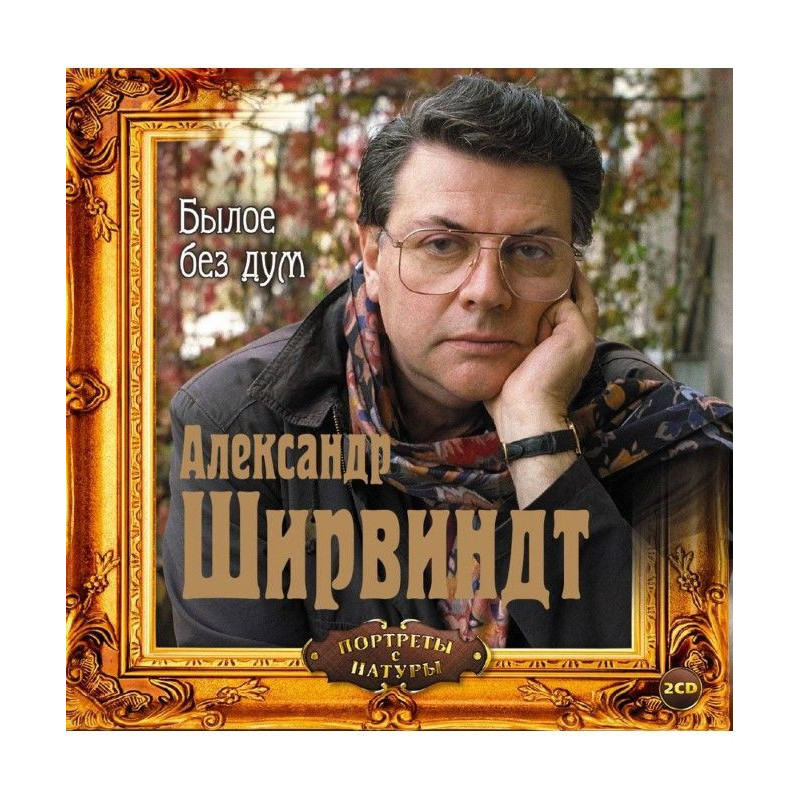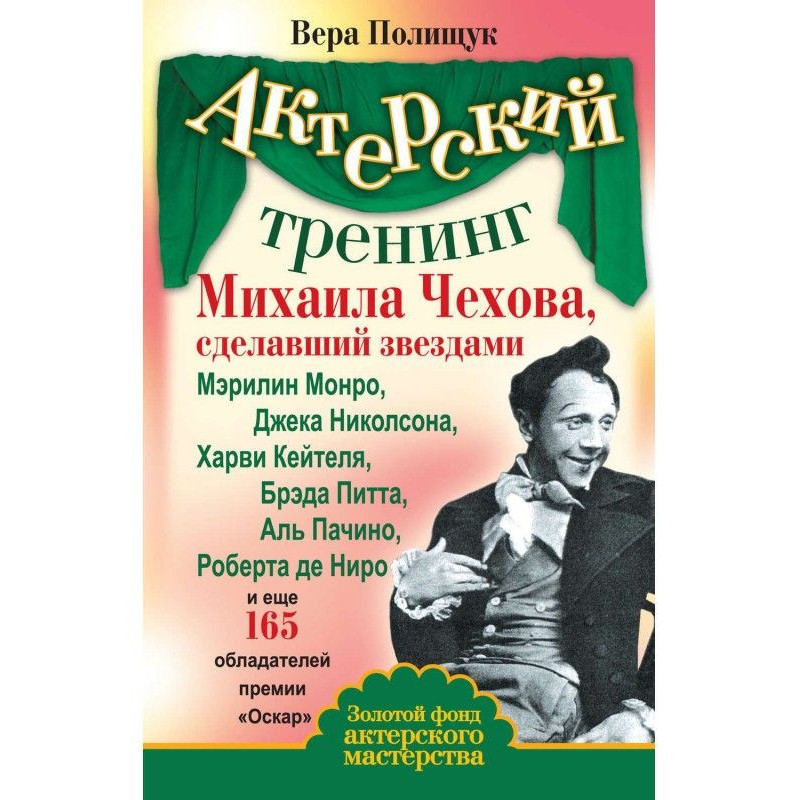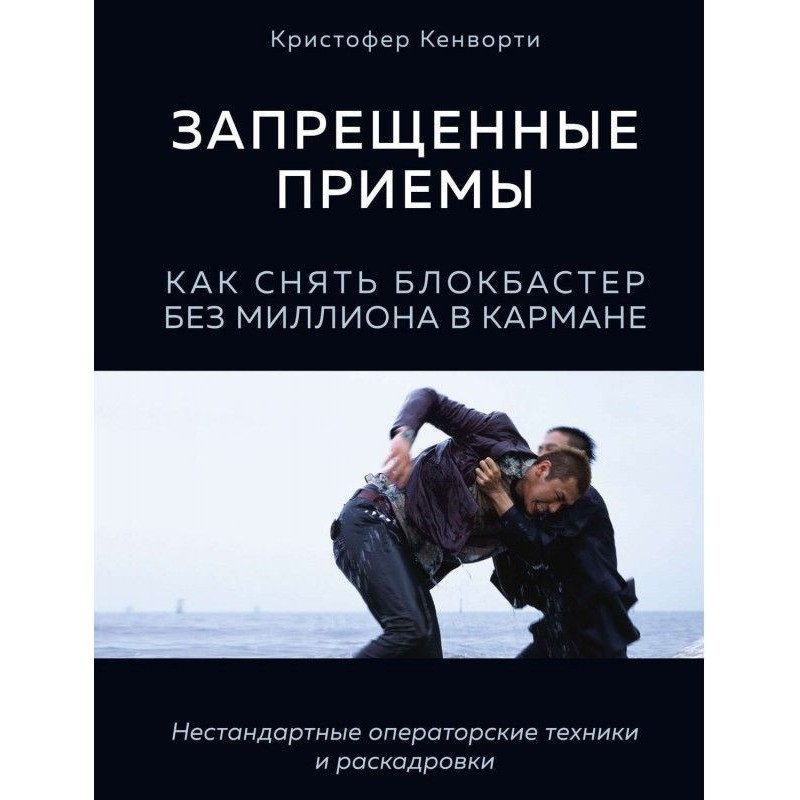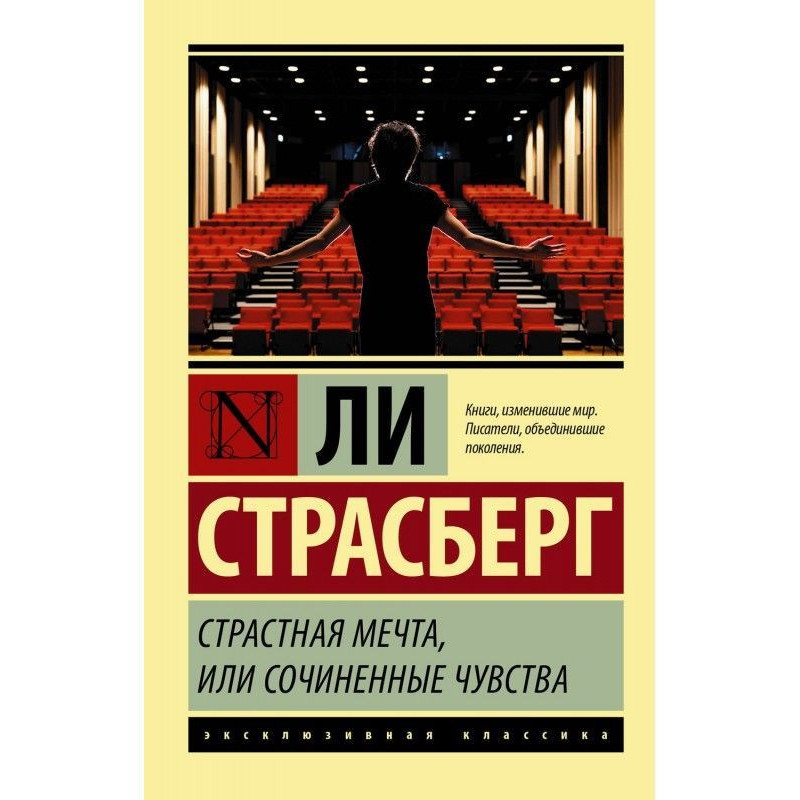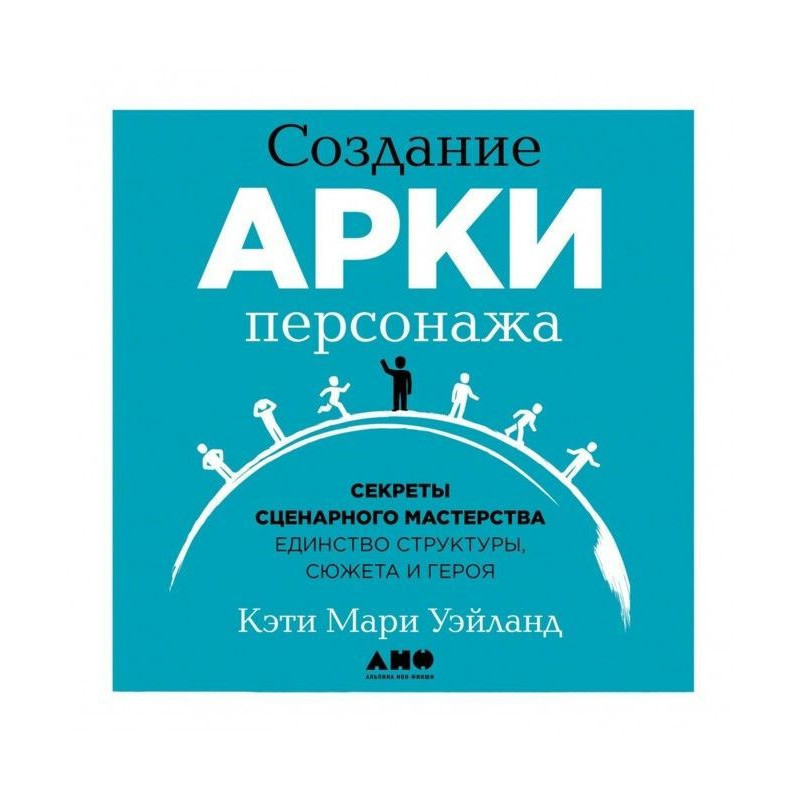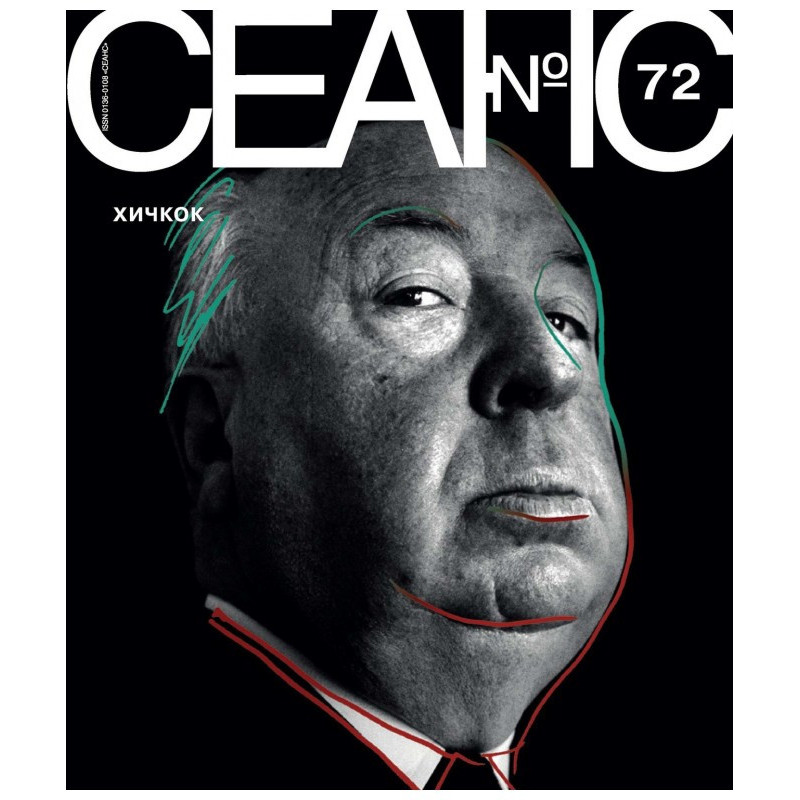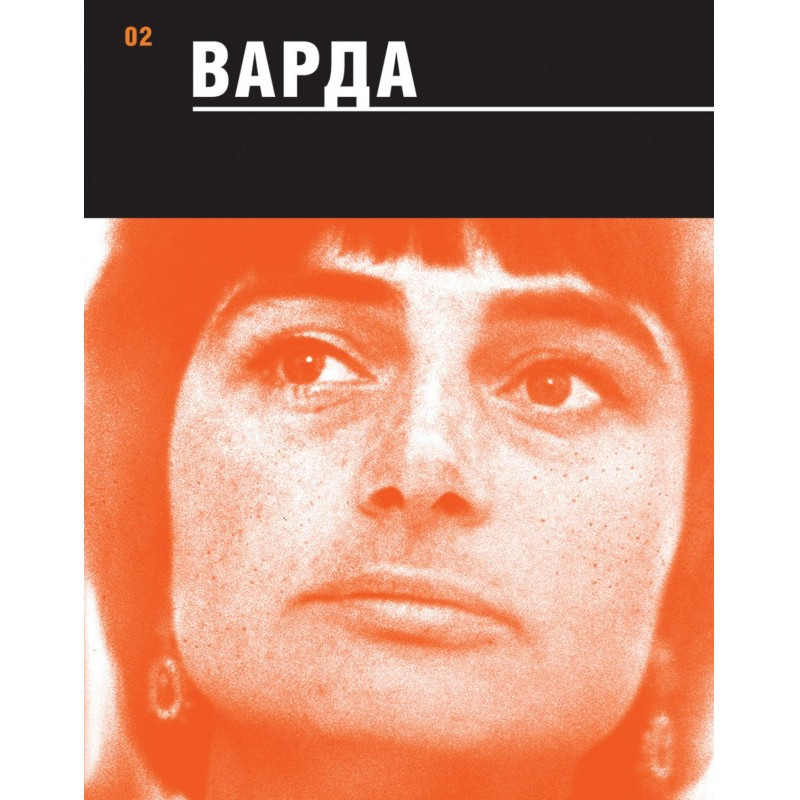Cinematography of the Thaw. Space, materiality, movement
 Instant download
Instant download
after payment (24/7)
 Wide range of formats
Wide range of formats
(for all gadgets)
 Full book
Full book
(including for Apple and Android)
Stalin's death in 1953 marked the beginning of the heyday of Soviet cinema. The Thaw became a time of liberalization of both political and cultural life in the USSR; The films released in those years, with their characteristic formal innovation and social engagement, found themselves at the center of international film discourse. In his book “Cinematography of the Thaw. Space, materiality, movement" Lida Ukaderova offers an analysis of some films shot in the USSR in 1958–1967 to prove: space - both as a visual component of films and as a socially significant topos - played a leading role in the cinema of these years. Opening with a discussion of the reception of the little-studied panoramic cinema of the USSR in the late 50s, Ukaderova's study pays close attention to the films of Mikhail Kalatozov, Georgy Danelia, Larisa Shepitko and Kira Muratova. The author shows that the works of all these directors were inspired by the desire to explore the most important problems of ideology, social progress and the role of the individual in post-Stalin culture through the prism of cinema.
Data sheet
- Name of the Author
- Лида Укадерова
- Language
- Russian
- Translator
- Александр С. Усольцев
Reviews
Неперевершений аналіз радянського кінематографа
Книга "Кінематограф відлиги. Простір, матеріальність, рух" Ліди Укадерової є справжнім відкриттям для всіх, хто цікавиться історією кіно та культурними змінами в СРСР. Автор майстерно досліджує період відлиги, коли радянське кіно переживало справжній розквіт, і показує, як простір у фільмах не лише служив візуальним фоном, але й став важливим соціально значимим елементом. Укадерова детально аналізує роботи видатних режисерів, таких як Михайло Калатозов і Георгій Данелія, розкриваючи їхній внесок у формування нових ідей та концепцій у кінематографі. Книга не лише інформативна, але й надихає на нові роздуми про роль кіно в суспільстві, його здатність відображати й формувати культурні цінності. Рекомендую цю книгу всім, хто хоче глибше зрозуміти, як кінематограф може впливати на суспільство та відображати його зміни.

